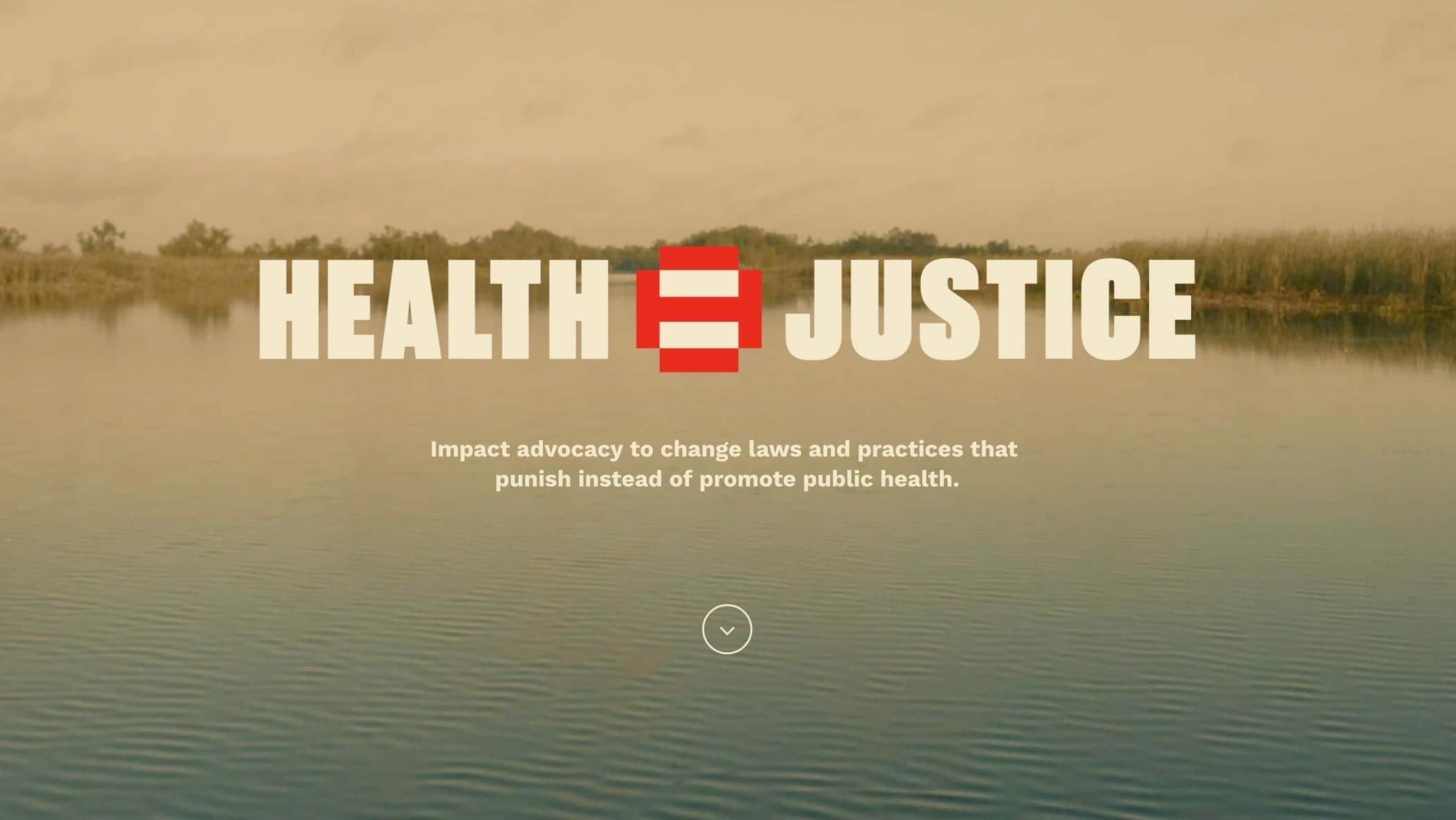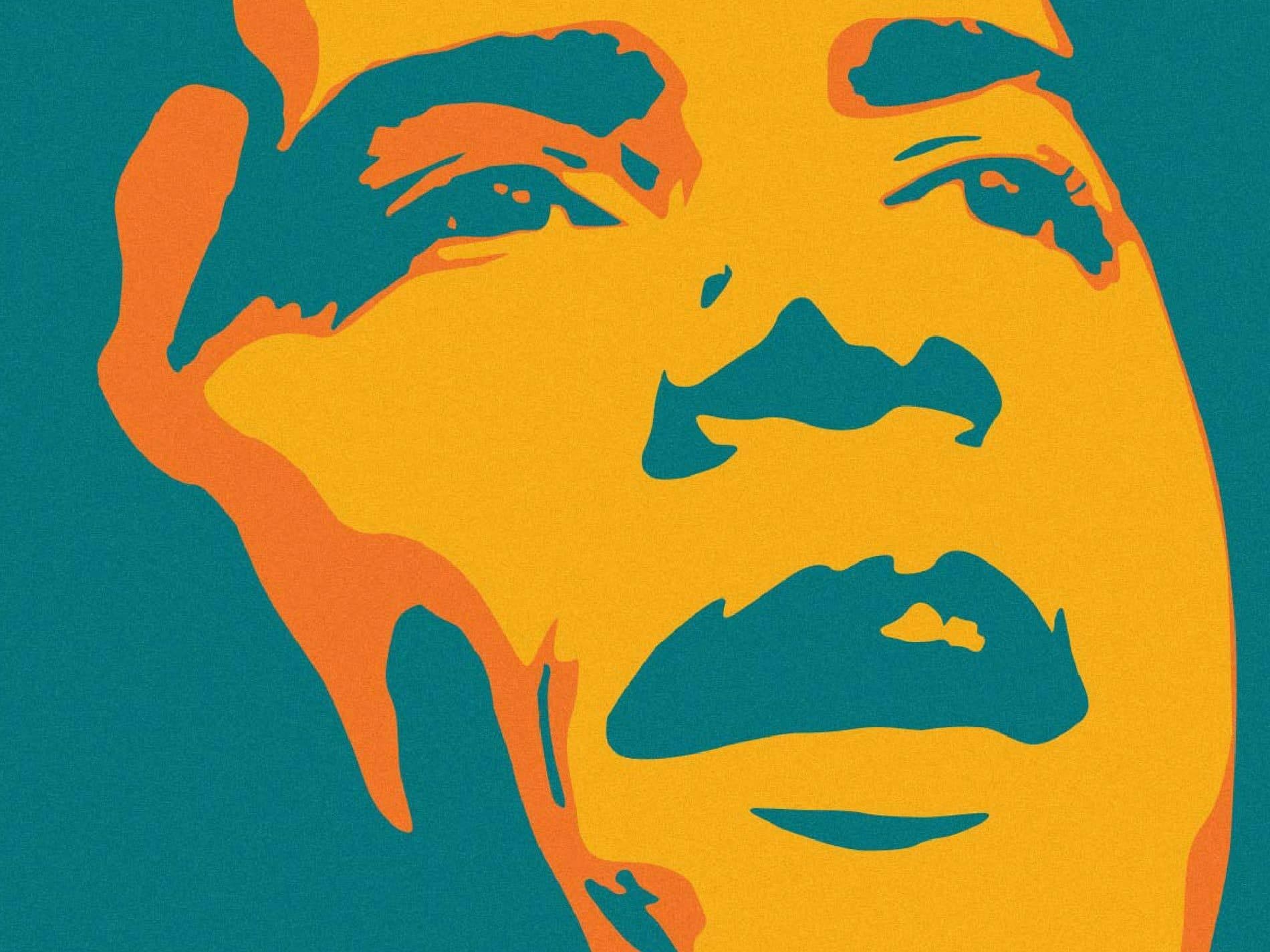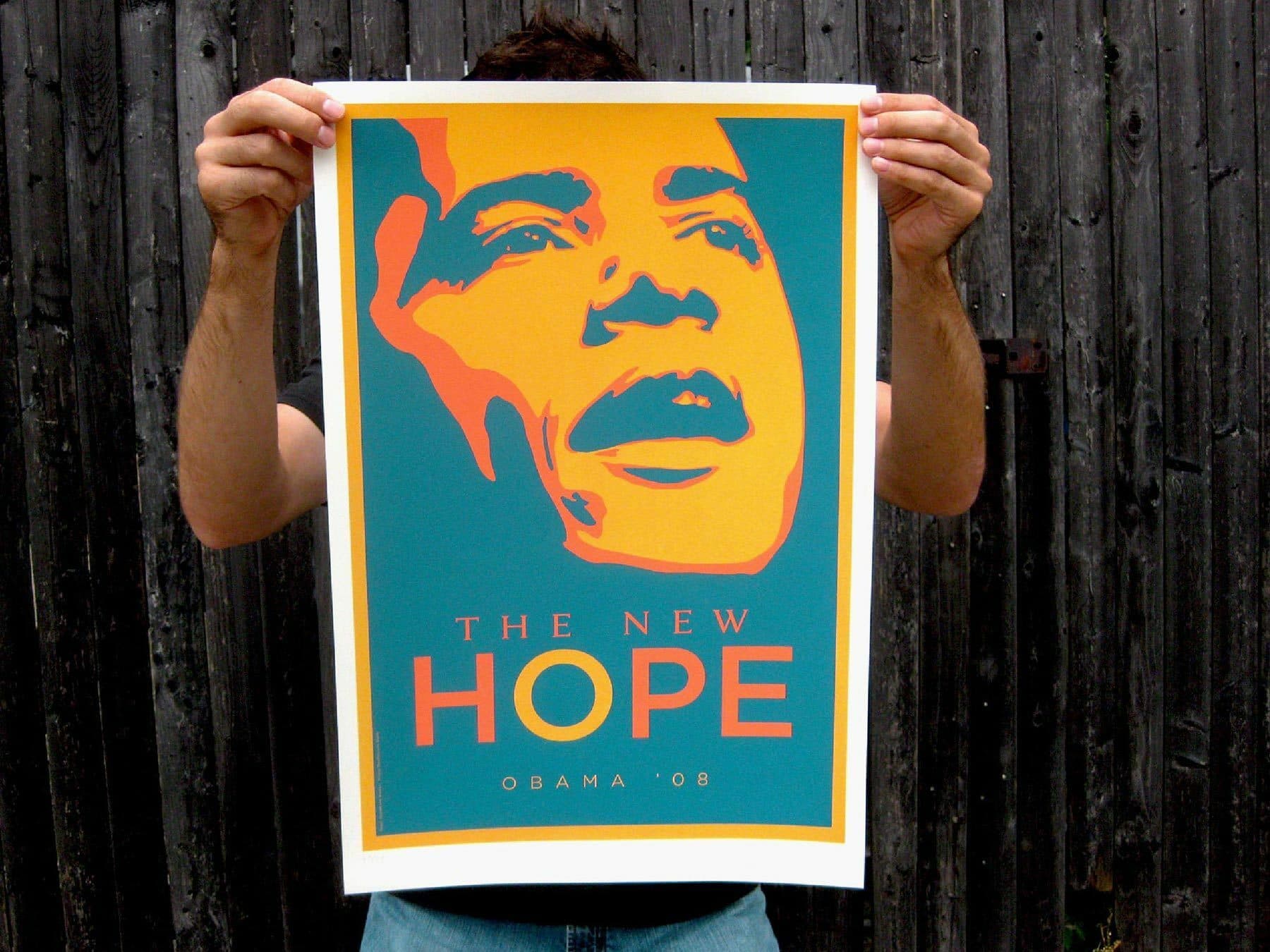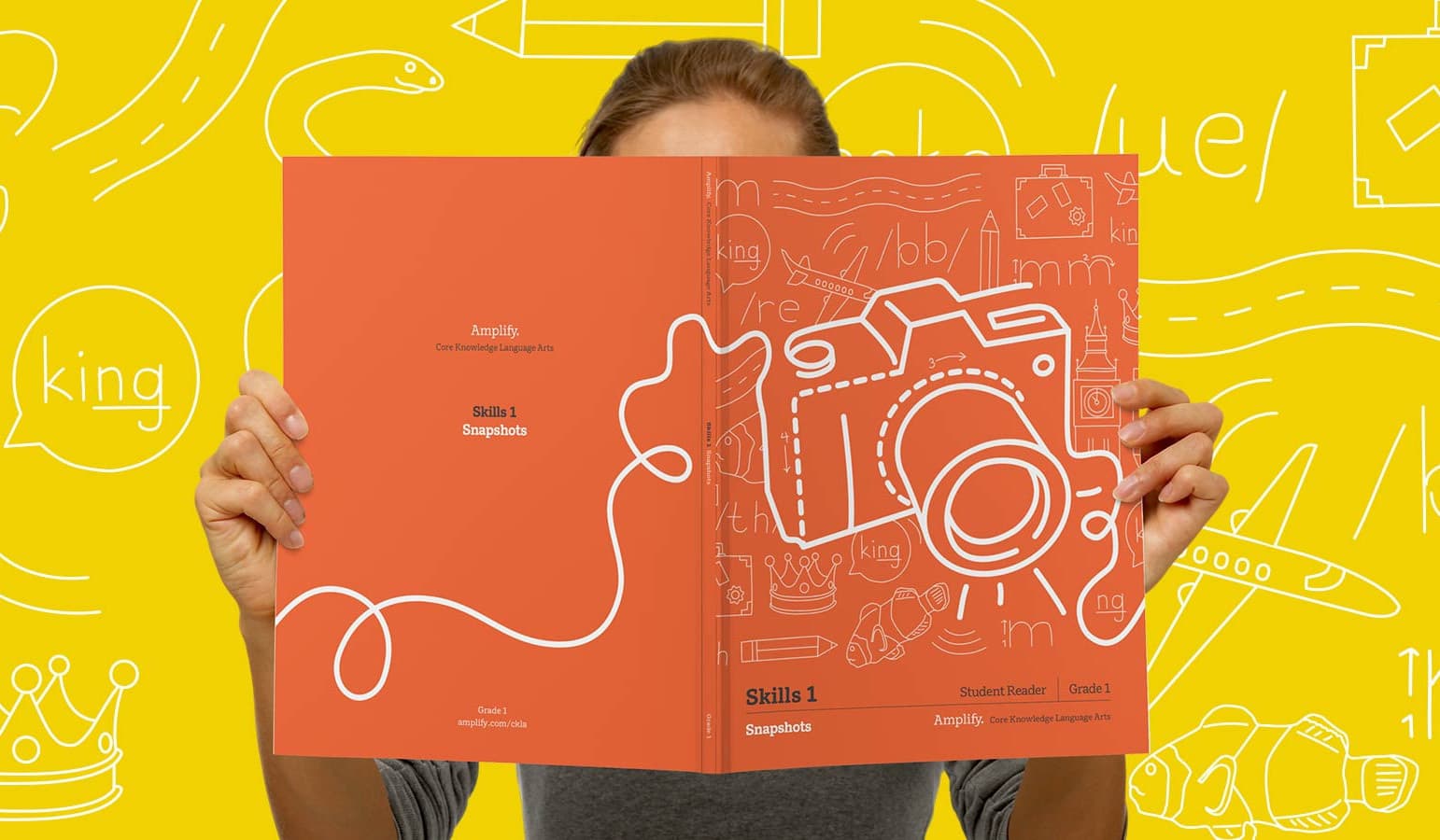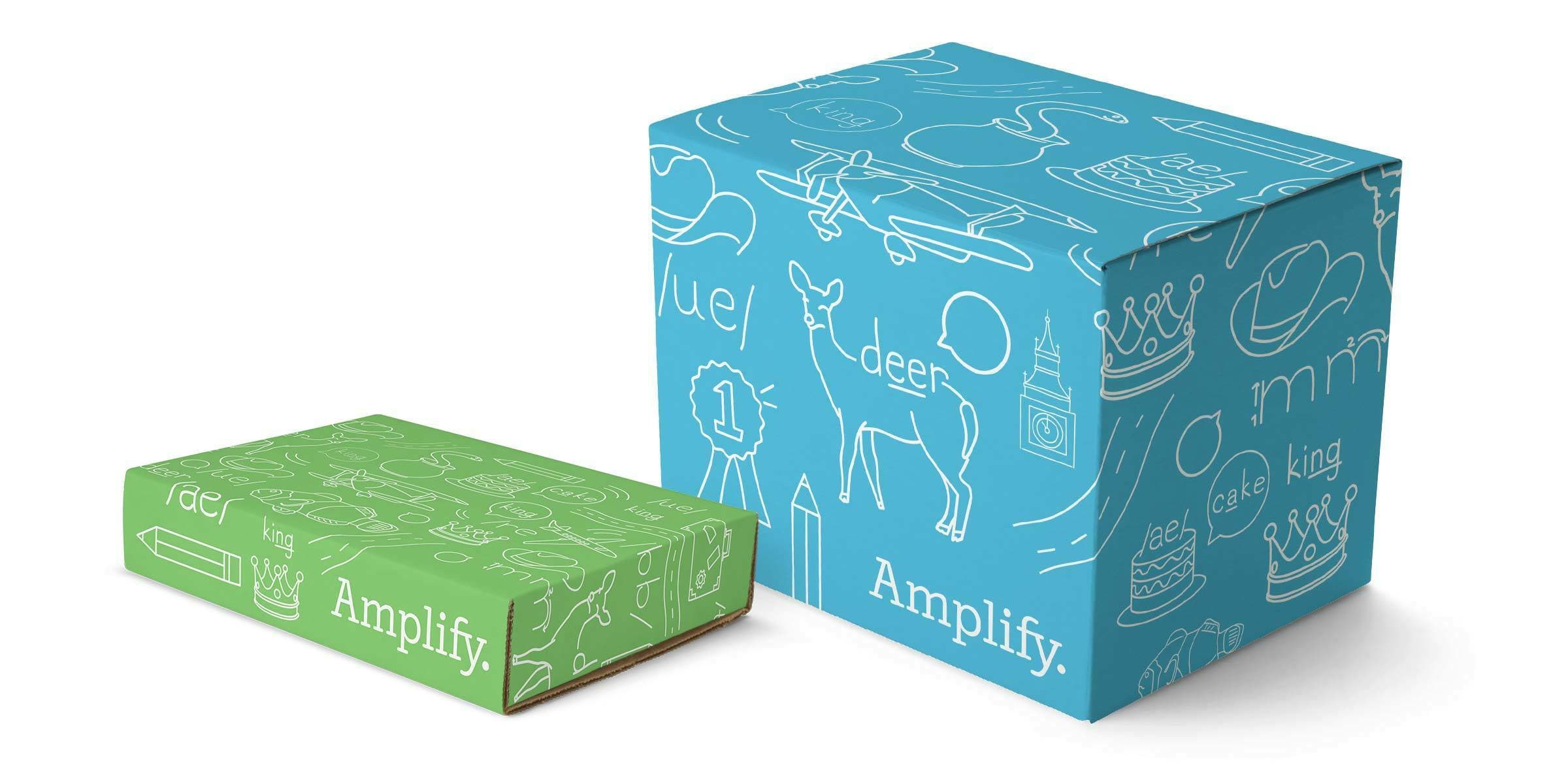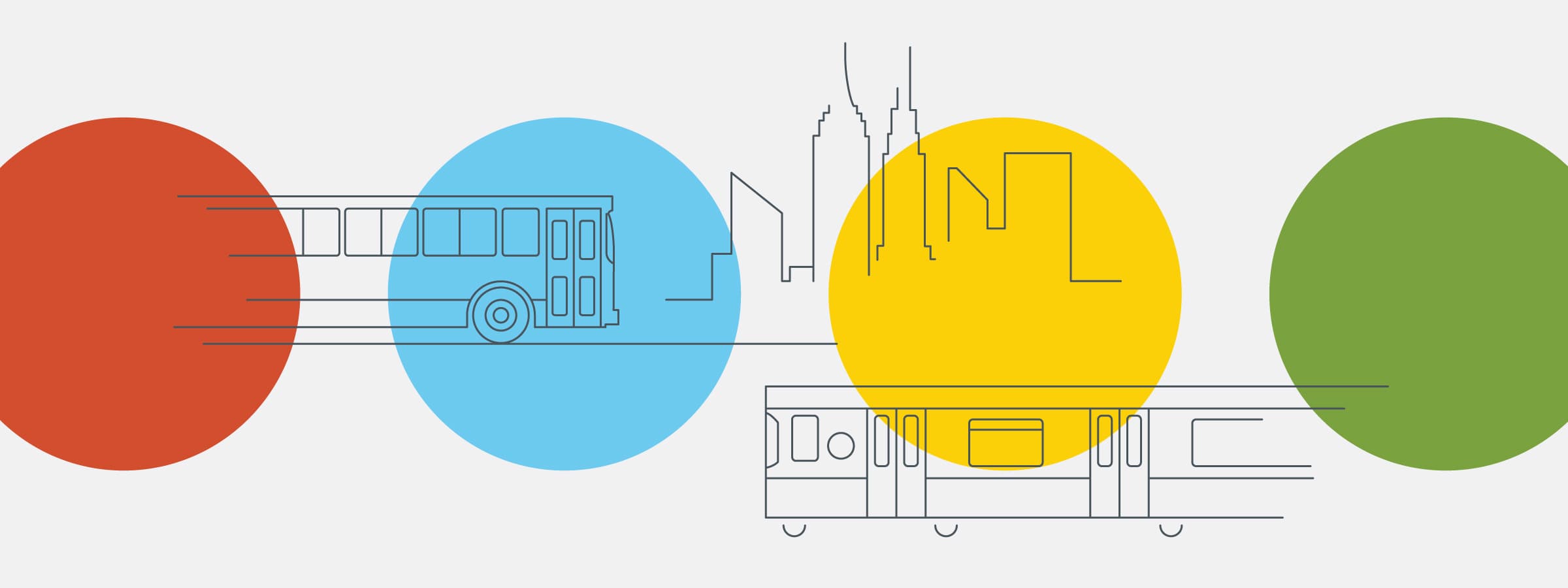
Background
The incredible global megalopolis centered around our own New York City is served by one of the oldest and grandest public transit systems in the world. The Metropolitan Transit Authority is the largest in the nation, with an annual ridership of 4 billion—more than the next 16 largest American transit networks combined. The subway, buses and commuter rail network don’t just get New Yorkers of all stripes to work; they help make the city the vibrant hub of culture and commerce that it is.
The Urban Land Institute is an international NGO dedicated to studying and sustaining urban communities worldwide. The Permanent Citizens Advisory Committee coordinates and funds the three riders councils formed by the New York State Legislature to give users a say in the management of the Long Island Railroad, the Metro-North Railroad and NYC transit.
ULI and PCAC jointly commissioned HR&A Advisors to examine the MTA capital program, a four year $32 billion system expansion. Hyperakt was asked to organize and illustrate HR&A findings for an online report. The result is a clearly articulated explanation, available to all New Yorkers, of how capital campaign funds will be used. It makes the case that it is vitally important for the well being of our vibrant region that we continue investing in our transit system, and illustrates the shortcomings we’ll be faced with if the capital campaign isn’t fully funded by politians. Using a rich mix of video, photography, original infographics and interactive elements to accompany key findings, the site explores the history and the future of the transit system New Yorkers depend on day in and day out.
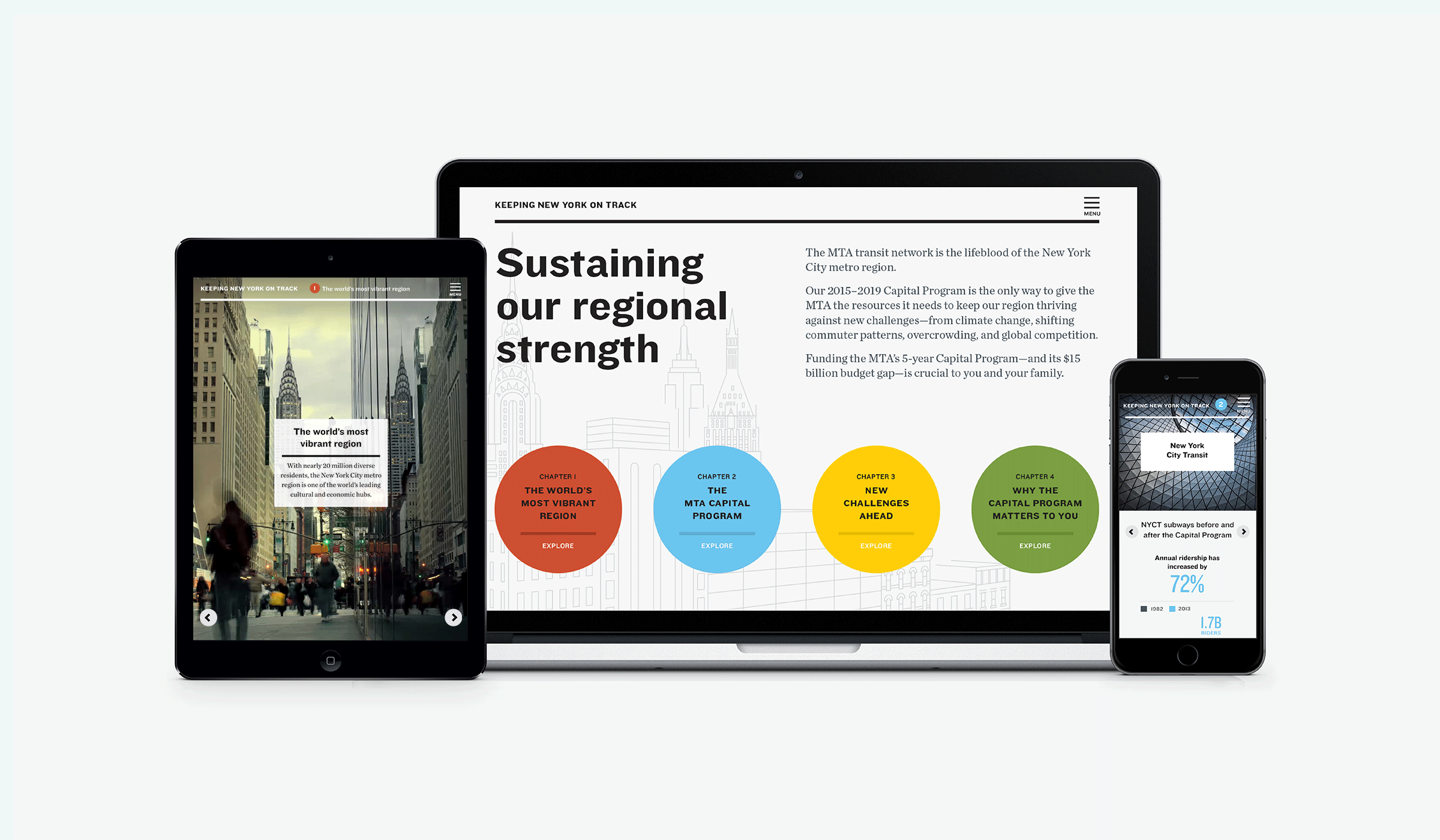
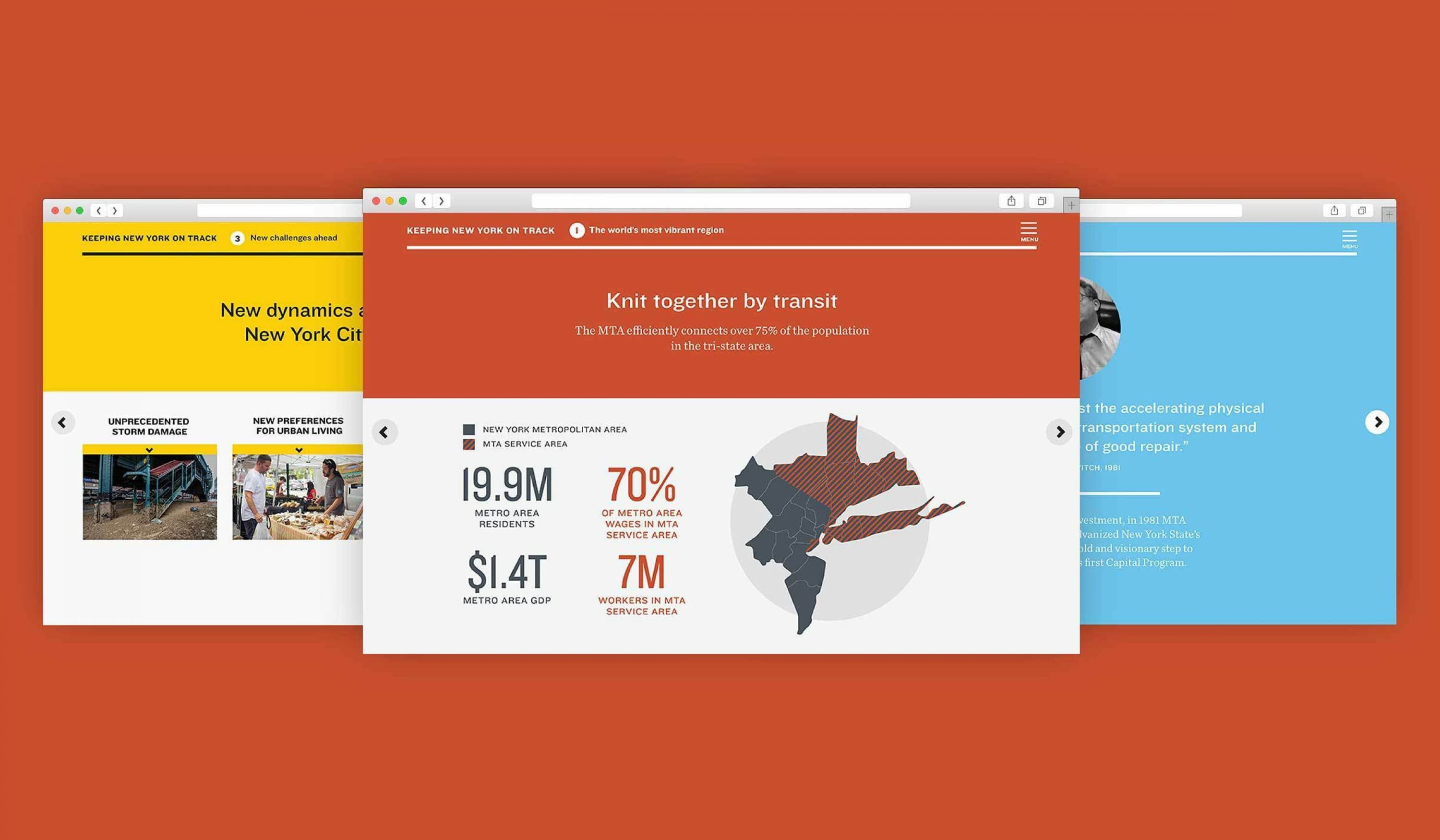

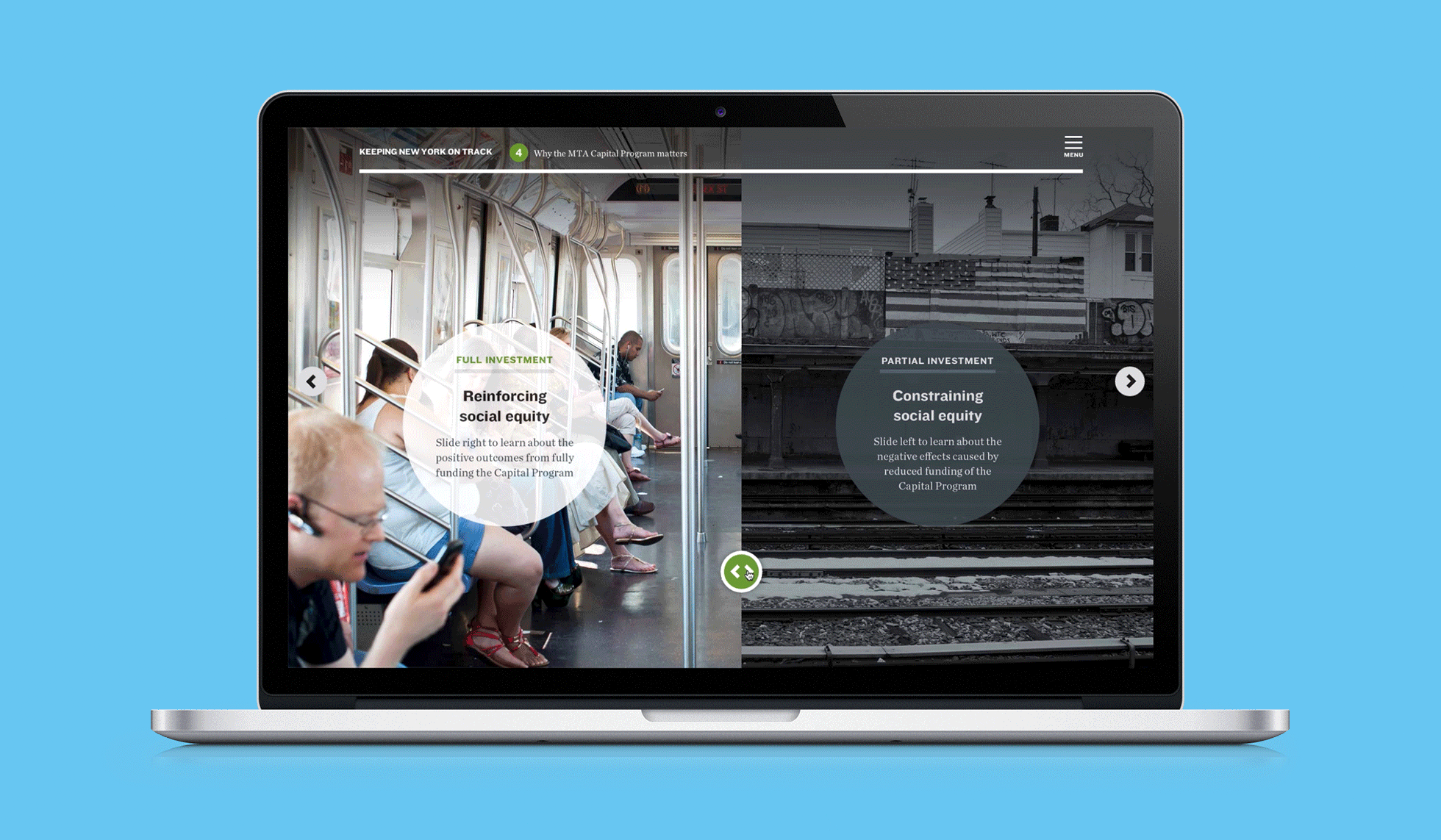

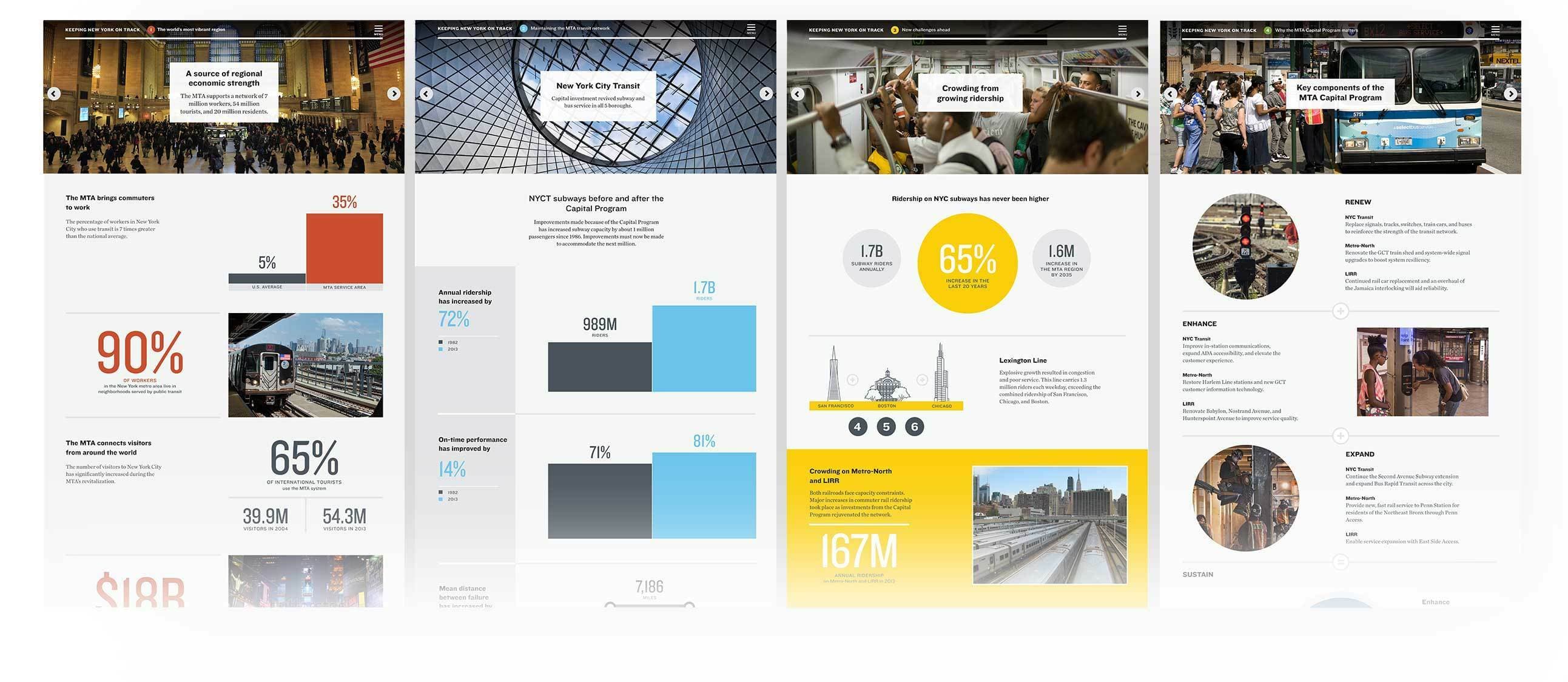

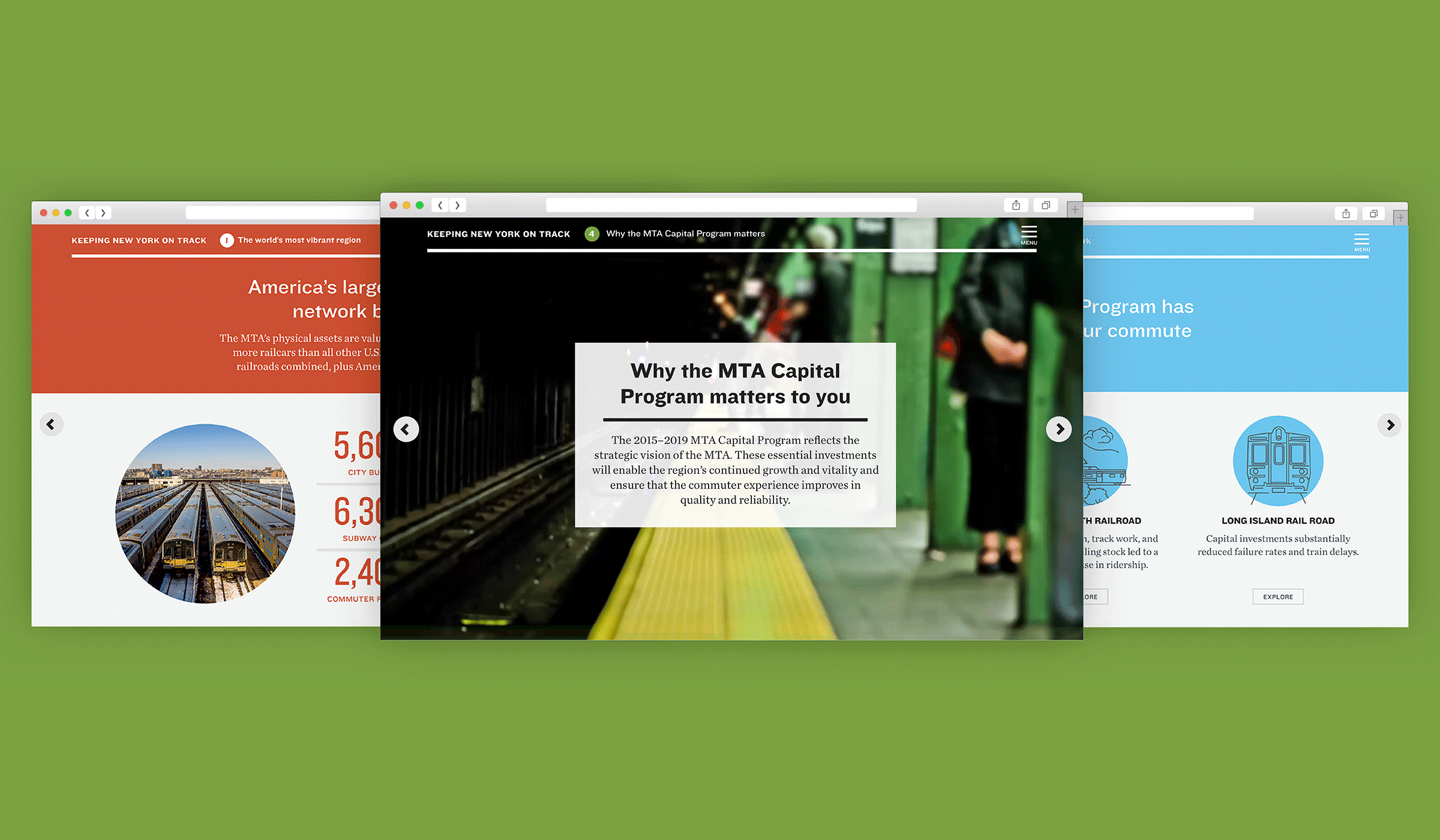

Project Credits
- Deroy Peraza
- Jason Lynch
- Radhika Unnikrishnan
- Ambika Roos

